(continuer en français) – Last updated: September 08, 2023

Located 31 miles, 50 kilometres, north of Mexico City, Teotihuacan was at the centre of a civilisation that extended its influence throughout southern Mexico and into Central America from 200 BC to 700 AD, with a peak around 450. At that time, about 200,000 people lived there. All that remains is the centre, consisting of temples and palaces, organised around the 1.5-mile-long, 2 kilometres, Alley of the Dead, lined with small pyramids, leading ceremoniously to the massive Pyramid of the Moon.
It is interesting to note that the original names have been lost, therefore archaeologists have struggled to imagine what they might have been while remaining consistent with what they already knew about this civilization.
La Ciudadela – The Citadel
This is how archaeologists have interpreted the purpose of this vast structure whose vocation would seem to be less military than ceremonial. It is an esplanade that could be used to gather a large crowd, surrounded by an enclosure enhanced by three-level platforms.
At the end of this esplanade stands the pyramid-shaped Temple of the Feathered Serpent, the Quetzalcoatl. Curiously, its former main facade has been obstructed by a new podium-like construction. It is this newer part, all being relative, that visitors can climb.
Although many decorative elements can still be seen, their cohesion has been lost. The National Museum of Anthropology in Mexico City has reconstructed part of the facade, which is much more impressive than what remains on site.
The Museum also shows a tomb discovered at the back of the temple containing the victims of human sacrifices, their hands tied behind their backs. Several of these pits were found around the temple containing the remains of young men, probably sacrificed in rites that are beyond our understanding.
All around the esplanade, the enclosure wall, without military character, has been well restored, constituting an ensemble quite evocative of the grandeur of the site.
La Pirámide del Sol – The Pyramid of the Sun
Built around the year 100, it is the most massive and highest structure in Teotihuacan at 230 feet, 70 meters, high.
The walls were once covered with stucco paintings. There are several levels around the structure. Once a temple was located at the top, it has disappeared, a modest chamber remains without decoration.
From the top of the steep stairs one can see at the foot of the pyramid other temples for the secondary gods and living quarters. The base of the walls has been cleared, revealing the layout of the houses, which were quite opulent.
From there it is possible to see the pyramid of the Moon at the end of the Alley of the Dead.
La Pirámide de la Luna – The Pyramid of the Moon
Unlike the Pyramid of the Sun, which was built in a single campaign, the Pyramid of the Moon was built gradually. Several monuments were successively covered, and there are five phases. The pyramid is preceded by a square framed by small symmetrical pyramids, forming a majestic set.
Palacio de Quetzalpapalotl – Palace of Quetzalpapalotl
Near the Pyramid of the Moon, excavations revealed a rather vast palace occupied by the ruling elite, organised around a patio lined with finely sculpted colonnades. Traces of frescoes painted on the walls still remain.
Teotihuacan is a UNESCO World Heritage Site since 1987.
To be informed of upcoming articles, register here (it’s free!).
Articles about Mexico:
…
Mexico City: Top 10
More than 20 million inhabitants crammed into the bottom of a dried-up lake at an altitude of 2240 metres, this is the weird profile of one of the largest cities in the world. When Hernan Cortes conquered Mexico in 1521, he established his capital where the Aztec capital already stood. Since then, the city has continued to grow and face many ecological challenges.
Zona Rosa in Mexico City
During my stay in Mexico City, I found the Zona Rosa district to be the friendliest place in the city, especially for foreigners looking for an international atmosphere, either as residents or visitors.
Frida Kahlo Home
This blue house in the Coyoacán district of Mexico City was the family home of Frida Kahlo (1907-1954). The artist, known mainly for her disturbing paintings, spent most of her life here, apart from her long stays abroad, namely in the United States and Paris.
National Museum of Anthropology
The National Museum of Anthropology in Mexico City has an impressive collection of pre-Columbian artefacts, those that once embellished the temples we visit today stripped of their most beautiful ornaments.
Teotihuacan
Located 31 miles, 50 kilometres, north of Mexico City, Teotihuacan was at the centre of a civilisation that extended its influence throughout southern Mexico and into Central America from 200 BC to 700 AD, with a peak around 450. At that time, about 200,000 people lived there.
To be informed of upcoming articles, register here (it’s free!).
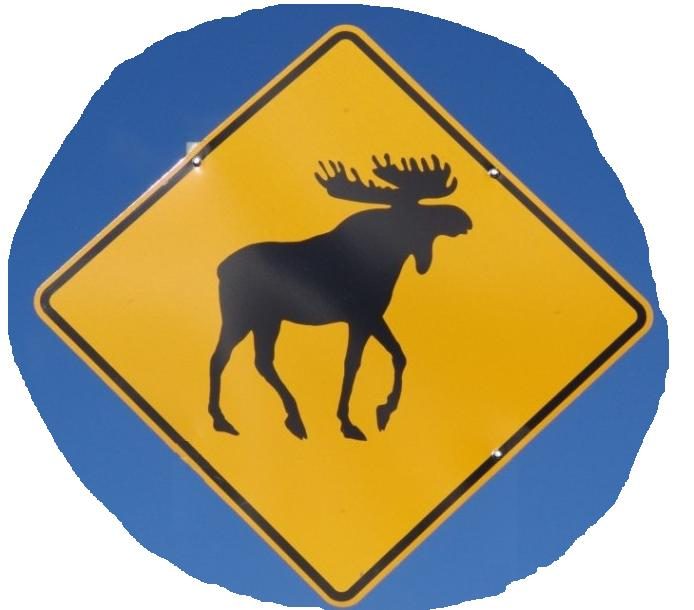



























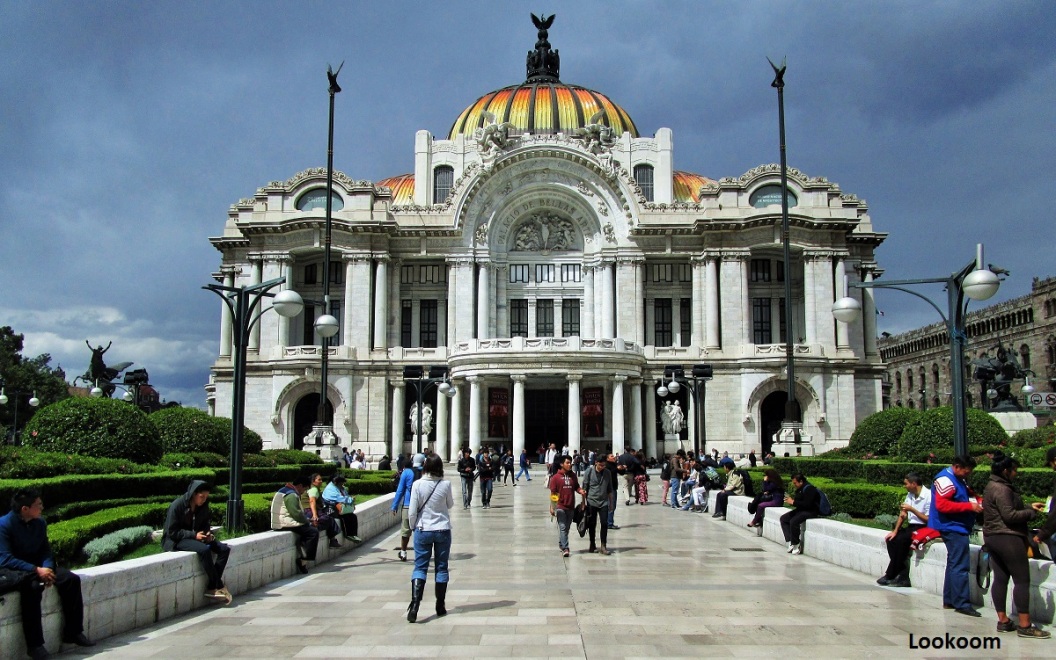
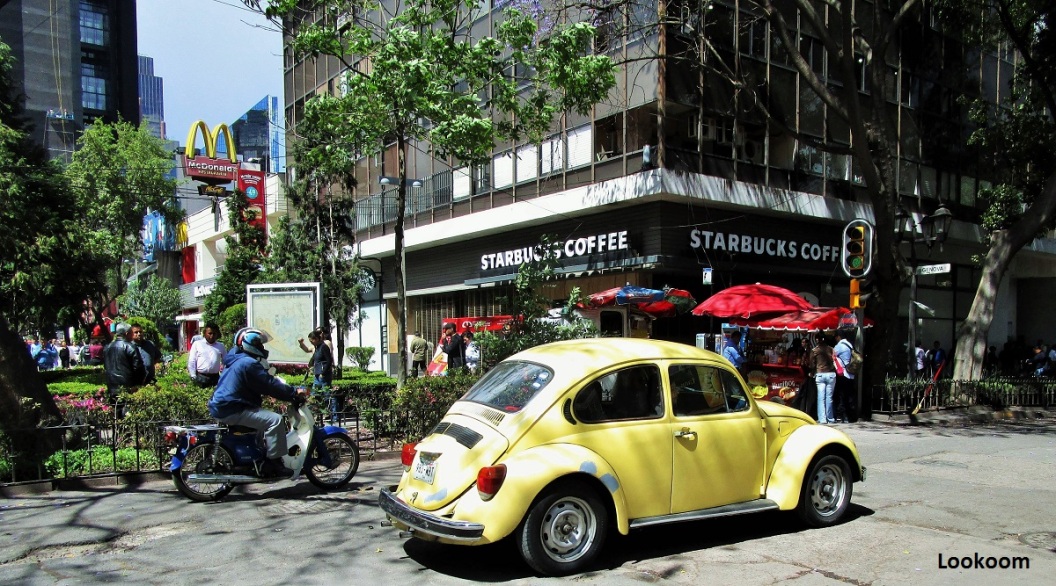
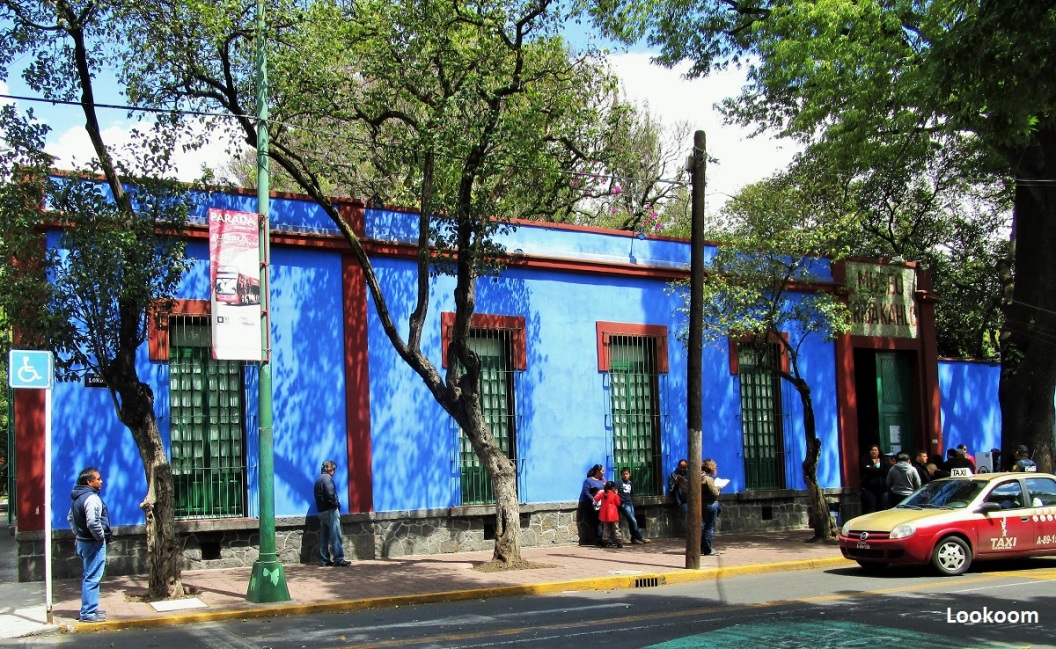
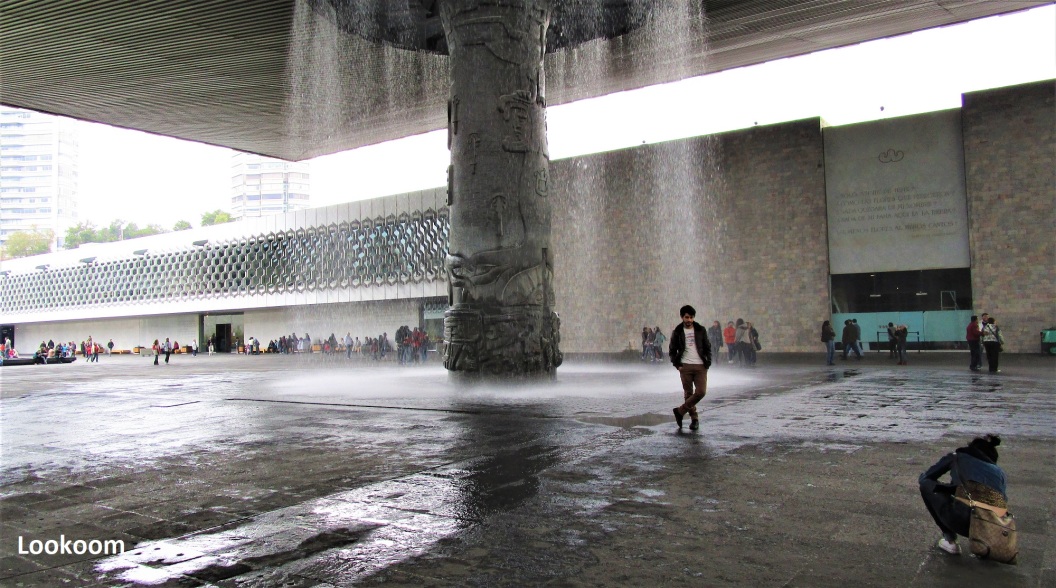

I would so love to see these places! I am fascinated with history and Mexico is rich with it!
LikeLiked by 1 person
True, Teotihuacan and the Yucatan are two places to dive into history
LikeLiked by 1 person
Great illustrations of a fascinating story. I knew nothing of this place and now I feel I am in full possession of all the facts I need to know!
LikeLiked by 1 person
We still don’t know much about this civilization, less than about the Mayans, but the visit of the site remains impressive. Thank you for your comments.
LikeLike
Nice pictures my family took me there first to Teotihuacan and we had ants eggs in garlic sauce and home made tequila then climb the Luna!!! They actually live in Yucatàn ::)
LikeLiked by 1 person
It’s always an advantage to have family there, you see things differently. Thank you for sharing your experience.
LikeLike
Yes indeed thanks
LikeLiked by 1 person
An impressive construction and civilization for the time. The sacrifices would have been a downer if you were “lucky” to be chosen. It would be great if there was a written history that we could understand. Thanks for sharing. Enjoy your weekend. Allan
LikeLiked by 1 person
I am convinced that their relationship with death was different from ours, so it is difficult to judge human sacrifice with our vision. Thank you for your reflection.
LikeLiked by 1 person
Definitely. It may have been similar to that of the Vikings, who always jumped at the chance to go to Valhalla. Cheers.
LikeLiked by 1 person
I was so disappointed when I didn’t have time to walk to the Quetzalcoatl but did see the reconstruction Anthropology Museum. Would’ve been such a site back at the time in all its glory. I loved my visit to Teotihuacan.
LikeLiked by 1 person
It’s always disappointing to run out of time on a site like Teotihuacan, but if I have to choose, I think it’s best to experience the pyramid of the Sun and appreciate its mass.
LikeLike
I have been to many of the major tourist cities on both east and west coasts of Mexico. Your images here remind me that I have missed the entire midsection of this ancient civilization.
LikeLike
For sure, to approach the ancient civilizations of Mexico, Teotihuacan is an essential site.
LikeLiked by 1 person
Absolutely love these places full of fabulous history. We haven’t visited this one but Monte Alban down near Oaxaca was equally awe inspiring. Your post brings back great memories of that trip…we definitely have unfinished business in Mexico.
LikeLiked by 1 person
Mexico is a land rich in history, with a succession of civilizations that have left tangible traces that we have yet to interpret. A bit like in Europe where the ancient ruins allow everyone to physically approach the ancient times.
LikeLiked by 1 person
This site looks incredible. I have heard about it, but never visited. I didn’t realize it is so massive.It looks like a worthwhile site to visit.
LikeLiked by 1 person
For some reasons, Teotihuacan is less promoted than the Mayan sites in Yucatan. However, it is a milestone in the civilizations of the region and is also a spectacular site that deserves to be visited.
LikeLiked by 1 person
what an amazing place. Never been to mexico. but there are some historic places that look like a must! a country that needs plenty of time. Not a lot of shade i notice. Didnt know the place was on such a large area
LikeLiked by 1 person
Hours are not very long, the site would close at 5pm and there is plenty to see to spend the day. There is a circular road and three car parks for each of the three areas. I had my own car and in order to refresh myself between each part of the site, I went from one car park to the other. Otherwise, it is possible to walk the entire Alley of the Dead, the hardest part being getting back to the starting point.
LikeLike
It’s too bad that there remain so many unknowns about this lost civilization, but at the same time, it’s neat how archaeologists have made some assumptions or explanations for some of the buildings and way of life.
LikeLiked by 1 person
What I find interesting about pre-Columbian civilizations is that they developed without contact with the rest of the world. And yet there is a kind of parallelism in the organisation of society and in human behaviour.
LikeLiked by 1 person